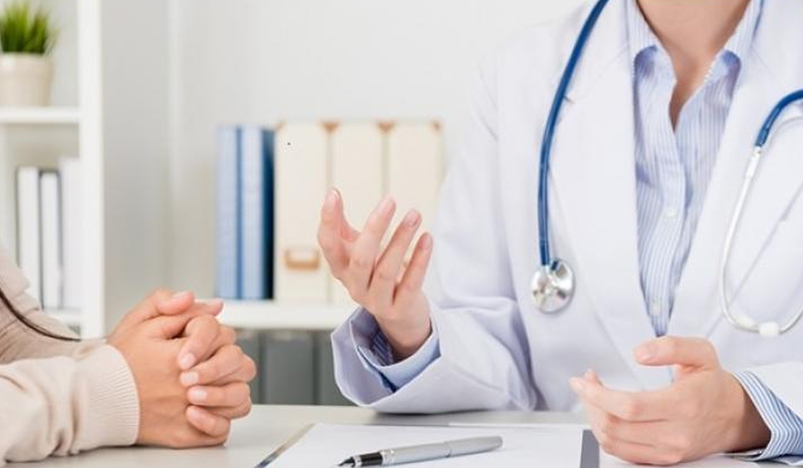
Drug Treatment Of ADHD
As a rule, treatment of ADHD in children and adults begins with psychostimulants that regulate two neurotransmitters: norepinephrine and dopamine.
Psychostimulants are long-acting and short-acting. More modern psychostimulants of prolonged action can be taken before school. If there is no improvement within a week, the doctor may try to change the dosage. If there is still no improvement, replace the psychostimulant with another.
Methylphenidate (Ritalin) has been popular for a long time. Unfortunately, the drug is addictive and addictive, because, by its pharmacological properties, the drug is close to cocaine. The only non-addictive psychostimulant is Atomoxetine (Strattera). This drug affects the neurotransmitter norepinephrine, while other psychostimulants primarily affect dopamine. More than 70% of children with ADHD taking Strattera to show significant improvement in symptoms. In 2004, the FDA demanded that the manufacturer Eli Lily place on the label a warning about the possible adverse effect of the drug on the liver.
Most of the side effects are insignificant, and usually correlates with the dose of the drug taken. Large doses provoke more severe side effects. Here are the most common ones: loss of appetite, insomnia, increased anxiety and/or irritability. Some children complain of moderate abdominal pain and headaches.
Appetite usually decreases in the middle of the day and is restored for dinner. Therefore, by the time the appetite improves, the child should receive an adequate amount of nutritious foods. If the child falls asleep poorly, you can try to give the medicine long before bedtime, reduce the dose, or add a small dose of antidepressant. Some children have tics during treatment. In this case, the dose is reduced. A very small number of children are distinguished by individual intolerance to psychostimulants, regardless of dosage. In such cases, the child has prescribed an antidepressant instead of a psychostimulant.
Antidepressants are considered second-line treatments. Tricyclic antidepressants of the old generation are used from time to time, as they, like psychostimulants, affect norepinephrine and dopamine. Venlafaxine (Effexor), a new antidepressant, is also used because it affects norepinephrine. Bupropion (Wellbutrin), which is an antidepressant of an indirect effect on the neurotransmitter dopamine, has proven effective in clinical trials for the treatment of ADHD in children and adults. He even has a bonus: he reduces the need for smoking.
Sometimes the doctor may prescribe a small child a drug that is approved by the FDA for use in adults or older children. Such use of the drug is called “off label”. Many of the newer drugs that help children with mental disorders are appointed this way because the safety and efficacy of only some of them have been systematically studied in children. Drugs that do not pass such a check have a note in the instructions stating that "safety and efficacy have not been proven in children."
Lisdexamfetamine (Vyvanse) is a prodrug that does not have a therapeutic effect until it is metabolized in the body and converted into dextroamphetamine. In clinical studies conducted to determine the duration of exposure, Vyvanse showed significant efficacy for a whole day, up to 6 mm inclusive. The pharmaceutical company New River has developed Vyvanse as a new drug for the treatment of ADHD with a low potential for developing addictions. This drug opens a new era in the treatment of ADHD.
In September 2009, the pharmaceutical company Shire Pharmaceuticals Group reported that the FDA approved Guanfacine (Intuniv) - sustained release tablets for the treatment of children and adolescents aged 6 to 17 years. The drug is not a stimulant and does not threaten addiction. The exact mechanism of action of the drug has not been studied, but it is assumed that it acts directly on the receptors of the prefrontal cortex. It is believed that this area is associated with the occurrence of ADHD. The use of the drug improves memory and the ability to concentrate, as well as reduces the manifestations of other behavioral problems in children with ADHD. Adverse reactions are moderate. The most common side effect is sedation. Also marked drowsiness, headache, fatigue, abdominal pain.
Some people respond better to one drug, some to another. It is important to work with your doctor to find the right medication and dose. In many people, psychostimulants dramatically reduce hyperactivity and impulsivity, improve the ability to concentrate attention, work and learn. These drugs can also improve the coordination of movements, which is necessary when writing and playing sports.
The FDA recommends that children, adolescents, and adults who take medications for the treatment of ADHD develop a treatment plan with a doctor that includes a complete health history and assessment of the condition, especially it is recommended to pay attention to cardiovascular and mental problems (including family assessment). stories of these problems). This is due to the fact that the FDA's review of reports of serious cardiovascular side effects in patients taking the usual doses of drugs for treating ADHD revealed cases of sudden death of patients with serious heart problems or defects and heart attack in adults with certain risk factors. Another FDA review showed that only slightly (approximately 1 case per 1000) increased the risk of mental abnormalities. There have been cases where patients who previously had no mental problems heard voices, showed unreasonable suspicion, which easily turned into a mania.
.jpg)
Qatar Secures Place Among the World's Top 10 Wealthiest Nations
.jpg)
Hamad International Airport Witnesses Record Increase in Passenger Traffic

Saudi Arabia: Any visa holder can now perform Umrah

What are Qatar's Labour Laws on Annual Leave?
Leave a comment